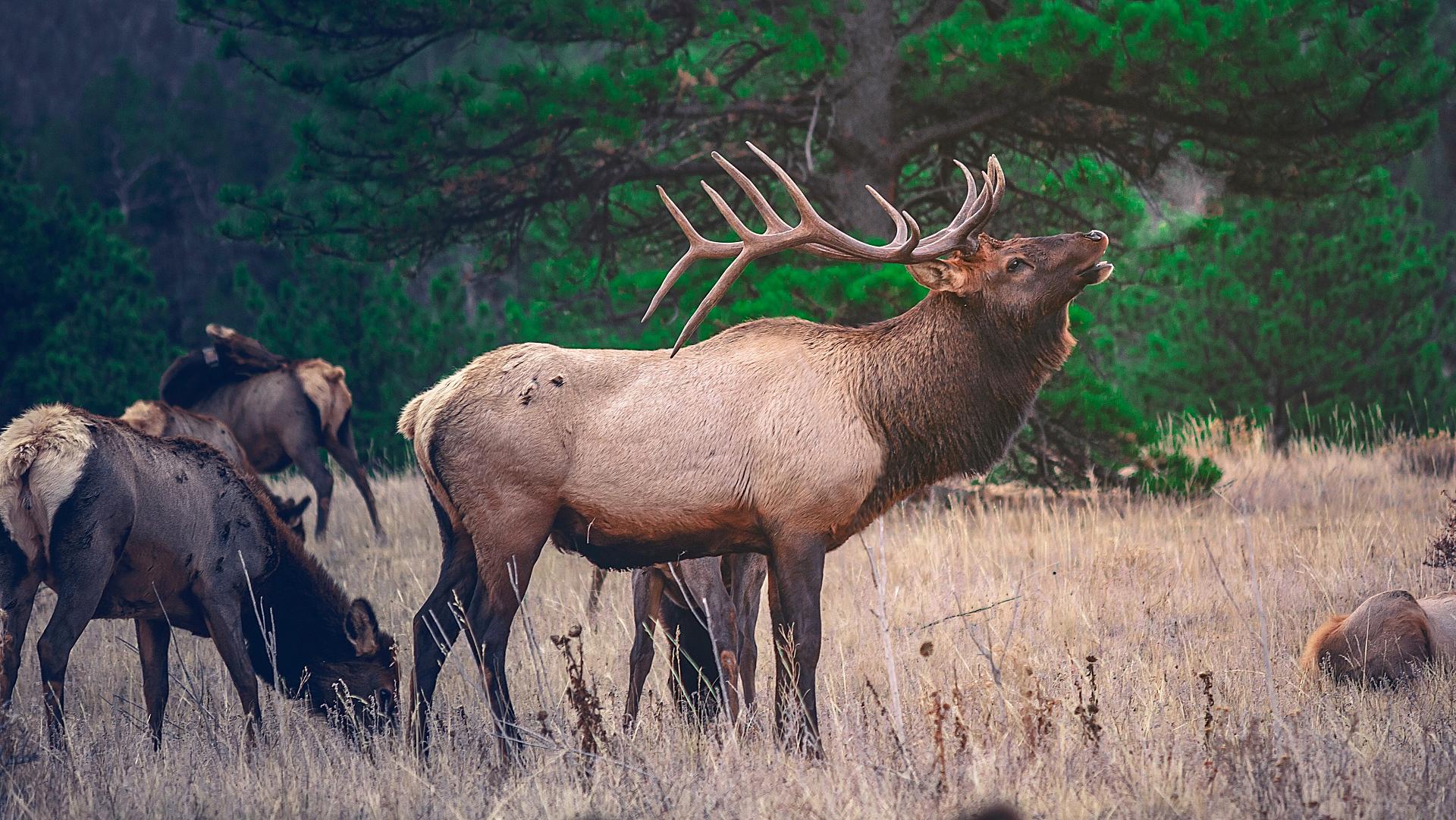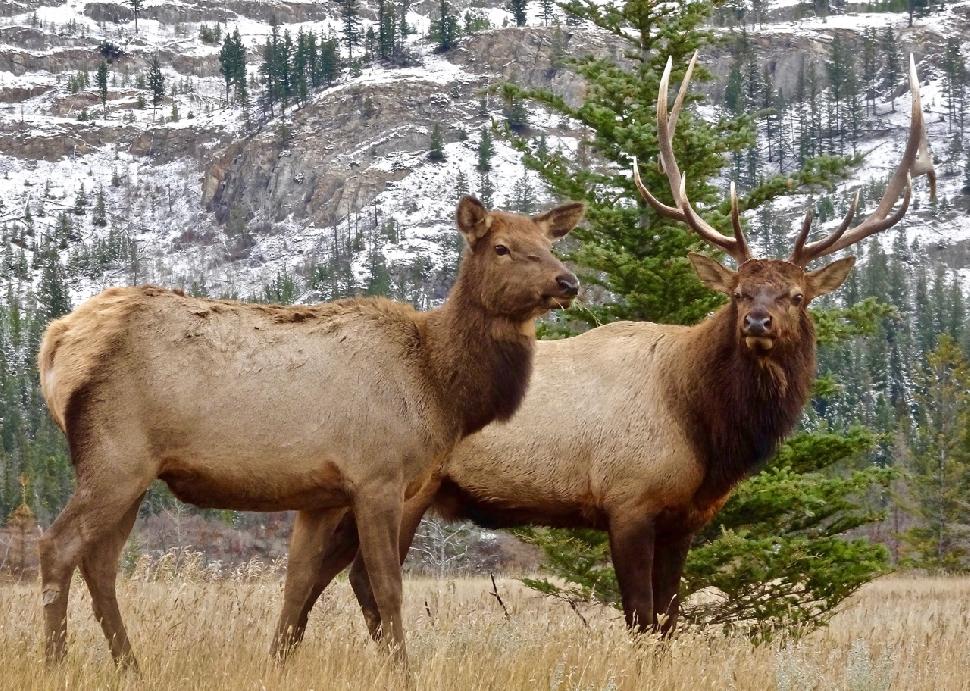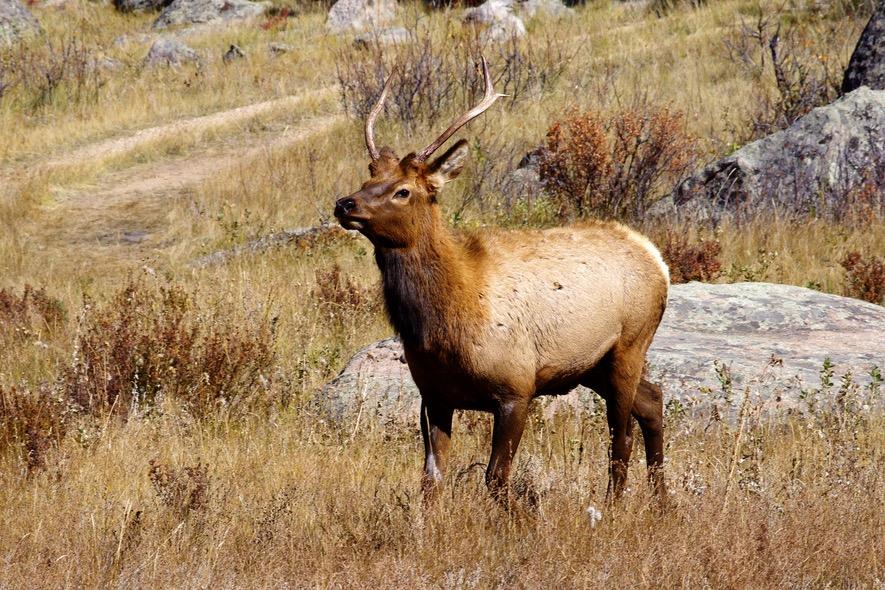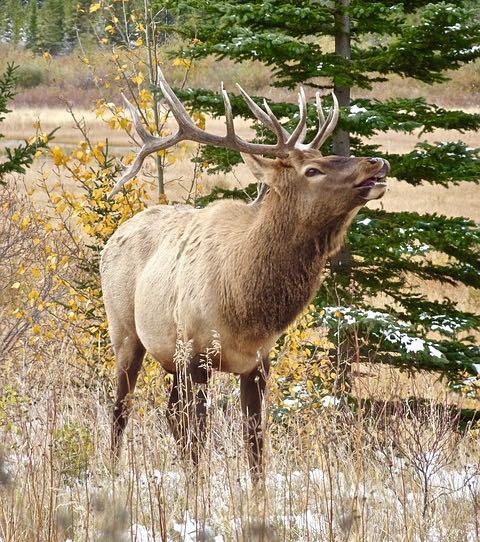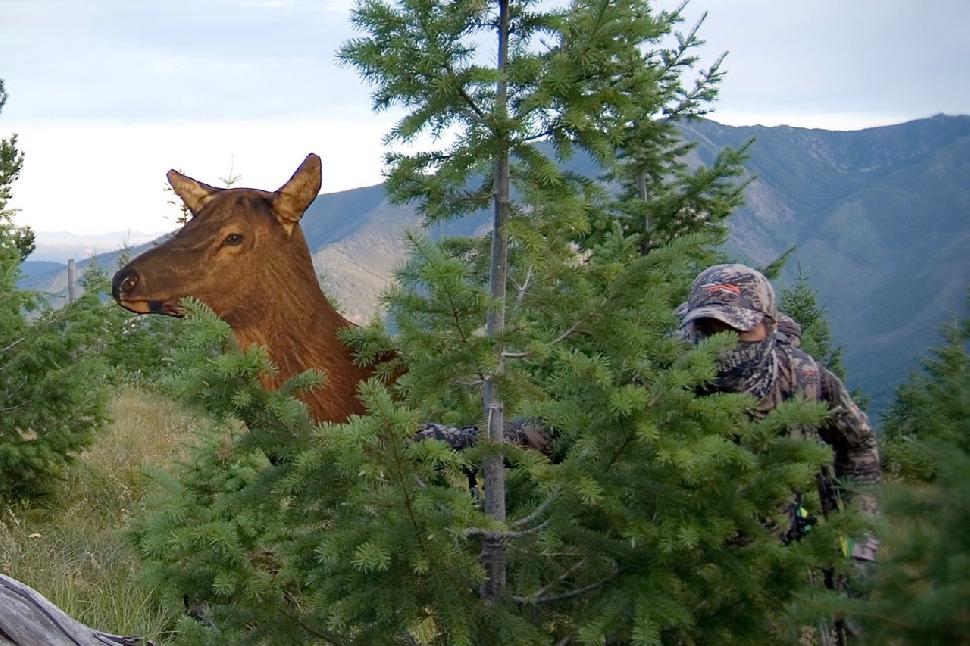Talking bull
Hoping to connect with a trophy elk? The key to a successful hunt is learning his lingo and getting the conversation started
Advertisement
INTERPRETING THE LANGUAGE
Once you’ve learned to recognize and mimic the various elk vocalizations, the next step is to determine when to use your new-found elk vocabulary. For that, you need to understand how bulls of different ages behave during the rut, and why they make the sounds that they do.
Advertisement
Young bulls
Also called spikes or raghorns, young bulls (below) make shorter, higher pitched bugles than bigger bulls. Full of testosterone, young bulls will search for cows to breed during the pre-rut. They’re also quick to come to another bugle if they’re not with cows. Since this is the time of year when a dominance hierarchy is established, a young bull that runs in to challenge a dominant bull will quickly learn who’s the boss.
Advertisement
After one or two such encounters, many young bulls (above) go quiet, so calling them—or other non-dominant bulls—takes a little more finesse. If your bugles sound too bold, most young bulls will run rather than stand and fight. To coax these elk into shooting range, then, it’s best to mimic young bull bugles or resort to cow calls. To sound younger, reduce your volume and increase the bugle’s pitch by switching to a different reed or, if possible, shortening the bugle tube. And be vigilant, as silent bulls can sneak in to check you out.
Mature bulls
When trying to locate other bulls, mature bulls will issue a loud, drawn-out bugle. This includes both herd bulls (above) and so-called satellite bulls, those mature sub-dominant elk lurking near a herd, hoping to swoop in and steal a cow. On a clear morning, their calls carry long distances, especially from a high ridge.
When a bull bugles and a nearby bull (or hunter) responds, the bull will often challenge the aggressor with a second bugle, followed by a chuckle to state his dominance. During the rut, as much as a bull wants to breed cows, he also wants to avoid a fight. And for a herd elk, a bugle reply is all he needs to locate his competition and move his cows away.
Bulls will also bugle to call cows to join them. For competitive advantages, cows are looking to join the herd of a dominant bull, and the girls know a boss bull when they hear one.
The first step to calling in a mature bull is locating a herd. Start with a basic bugle, and try to vary the pitch from low to high as much as possible. There’s no need to get fancy until you hear a bull reply. Once you hear a bugle, try to pinpoint the direction and approximate distance it came from. Then you’ll need to close the gap and get inside the bull’s comfort zone.
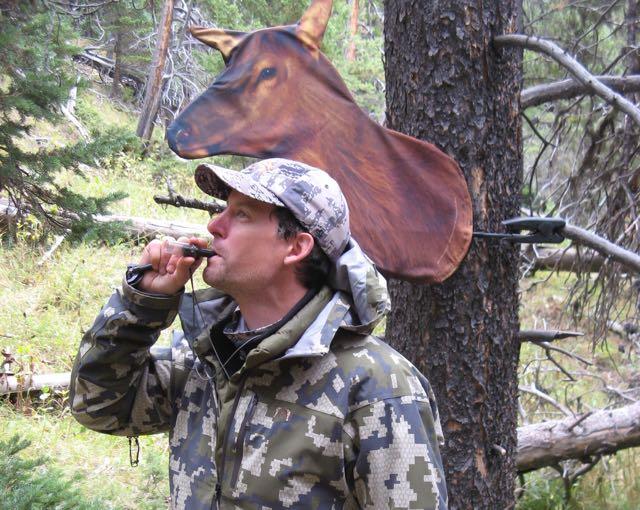
Once you’re close, the bull will do one of two things—come toward your call or move off. It’s often wise to switch to cow calls (above) at this point, since they’re non-threatening to a bull. Plus, if he’s looking for cows, a mew may be all he needs to come over to investigate. If you hear a soft bugle from the bull, however, that’s a signal to the girls he’s already tending that it’s time move out.
For bulls, bugling takes a lot of energy, so you’ll seldom hear two bugles in quick succession. If you do, the chances are good there’s at least both a herd bull and a satellite bull nearby. This is good news—and bad. The good news is that it’s easier to pull a satellite bull away from the herd than it is to convince a herd bull to leave his cows. The bad news is that the odds of getting busted increase with all the extra eyes, ears and noses in the area.
Since the chuckle sound signals dominance, you need to assess the situation when you encounter a bull before adding one to your calling sequence. Bugle once, then listen to what the bull does. If he sounds mean and ready to defend his cows, and he’s chuckling, it’s safe to include a chuckle at the end of your call. A responsive bull may even start bugling again before you finish your chuckle, while a timid elk may take off without another reply. Most bulls are somewhere in between those two extremes.
On warm September afternoons, meanwhile, elk like to bed down in the cool shade of the timber, and herd bulls will occasionally give a soft bugle to communicate with their cows. You can follow these bugles to home in on the herd, and there’s no need to bugle back. And when you find the bedded elk, you can then either sneak into the timber after them or wait until they move out on their own.
Still, I think it’s far more exciting to actually call in a big bull. And now that you know what the elk are saying—and why—it’s time to head afield and strike up a conversation of your own.
Fake mews
Pop-up decoys add a visual component to calling, and they can help seal the deal when you’re trying to bring a bull into range. How? Elk are more likely to come to a call from across a meadow if they can see what they believe to be a receptive cow waiting to greet them.

